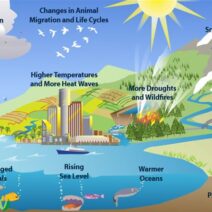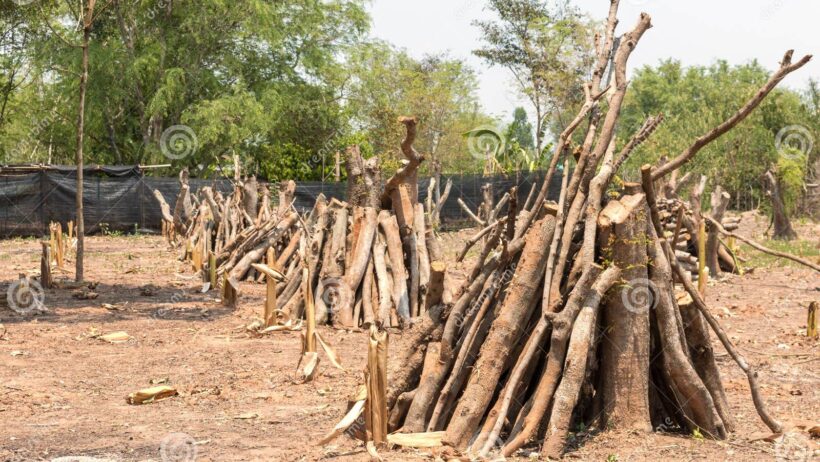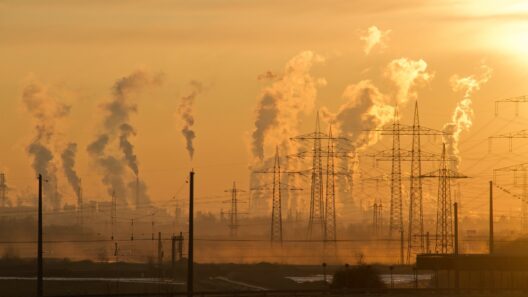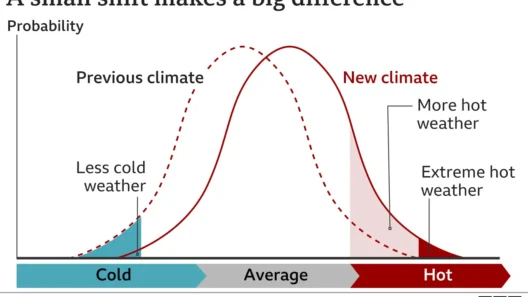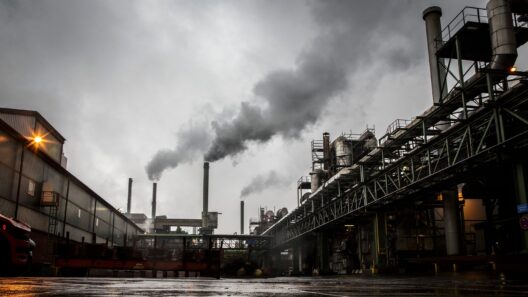Have you ever wandered through a forest, marveling at the tall trees, the chirping birds, and the rustling leaves? Forests are vital ecosystems teeming with life, providing homes for countless creatures and playing a crucial role in maintaining our planet’s health. Unfortunately, global warming is threatening these majestic places. In this exploration, we will delve into the impact of climate change on forests, highlighting why understanding this issue is critical for everyone, especially the younger generation.
Forests are often called the “lungs of the Earth.” They absorb carbon dioxide and produce oxygen, a process necessary for all living beings. As the planet warms due to increased greenhouse gas emissions, forests face numerous challenges. One of the most dire consequences of global warming is the alteration of weather patterns. Extreme weather events such as prolonged droughts, heavy storms, and sudden frosts can disrupt the delicate balance of these ecosystems.
Think about it! Trees, like all living organisms, rely on consistent weather conditions. When temperatures rise, some tree species struggle to survive. For instance, evergreen trees may experience stress during long heatwaves, leading to a decline in their health. A weakened tree becomes more susceptible to pests and diseases, which further exacerbates the situation. Imagine a once-vibrant forest transforming into a sickly, lifeless area. This scenario is becoming increasingly common as climate change accelerates.
But it’s not only about the trees themselves. The animals that depend on forests for shelter and food are also affected. Birds, deer, and countless insects rely on specific plants and trees for survival. As temperatures rise, many animals may find it difficult to adapt, resulting in a decrease in biodiversity. Biodiversity—the variety of life in a particular habitat—is essential for a healthy ecosystem. Without a rich tapestry of species, the entire forest can unravel, leading to a sad cascade of extinction events.
Another aspect to consider is the role of forests in regulating our climate. Trees help stabilize temperatures and manage rainfall patterns. In simple terms, they play a fundamental role in the water cycle by absorbing water from the ground and releasing it back into the atmosphere through a process called transpiration. This natural mechanism helps to moderate temperatures and maintain humidity levels. When forests are damaged by climate change, this equilibrium is disrupted, potentially leading to more severe weather and unpredictable rainfall.
What about the soil? Healthy forests are rich in nutrients, and their roots play a pivotal role in preventing soil erosion. Trees anchor the soil, making it less prone to being washed away by heavy rains. As global warming intensifies storms, strong winds and heavy precipitation can erode soil much more rapidly. Without trees, our soil loses its integrity, leading to problems like decreased agricultural productivity and compromised waterways. Clean water sources depend on healthy ecosystems. When forests decline, our water supply suffers. Have you ever thought about where your drinking water comes from? It’s connected to the health of our forests!
Interestingly, not all trees will thrive under changing climatic conditions. Some species might actually flourish while others dwindle. For example, certain tree varieties can adapt to warmer temperatures and may expand their range into areas that were once too cold. This adaptability can lead to shifts in forest composition, which could disrupt existing animal habitats and create competition for resources among different species of plants and animals. As a result, the forest we once knew could undergo a radical transformation, impacting not just nature but human communities that rely on forests for their resources.
The concept of deforestation, the process of clearing forests for agriculture, logging, or urban development, is compounded by global warming. As humans continue to cut down trees, the ability of forests to combat climate change diminishes. Cutting down trees releases carbon dioxide into the atmosphere, further exacerbating warming. It’s a vicious cycle that highlights the urgent need to protect our existing forests while also restoring those that have been lost.
So, what can be done? It starts with education. Understanding the importance of forests is crucial for nurturing a generation of environmentally aware individuals. Schools can integrate environmental science into their curricula, helping children appreciate the vital roles forests play in our world. Field trips to local parks or forests can ignite a sense of wonder and responsibility. Kids should be encouraged to explore nature and develop a passion for conservation.
Moreover, simple actions can make a significant impact. Planting trees, reducing waste, using less plastic, and conserving water are effective ways for individuals to contribute to the health of our forests. Many organizations also work tirelessly to restore damaged areas and protect existing forests. Supporting these efforts can amplify the fight against global warming and aid the recovery of our invaluable ecosystems.
As we ponder the future of our forests, it’s essential to remember that these ecosystems are more than just trees. They represent resilience, life, and the formidable force of nature. The challenges posed by global warming may seem daunting and, at times, overwhelming. Yet, with awareness, education, and collective action, we can forge a path toward a more sustainable future. Trees in trouble should inspire us to act, to protect, and to cherish the natural world around us. Together, we can ensure that the forests remain vibrant and thriving for future generations to explore and enjoy.

